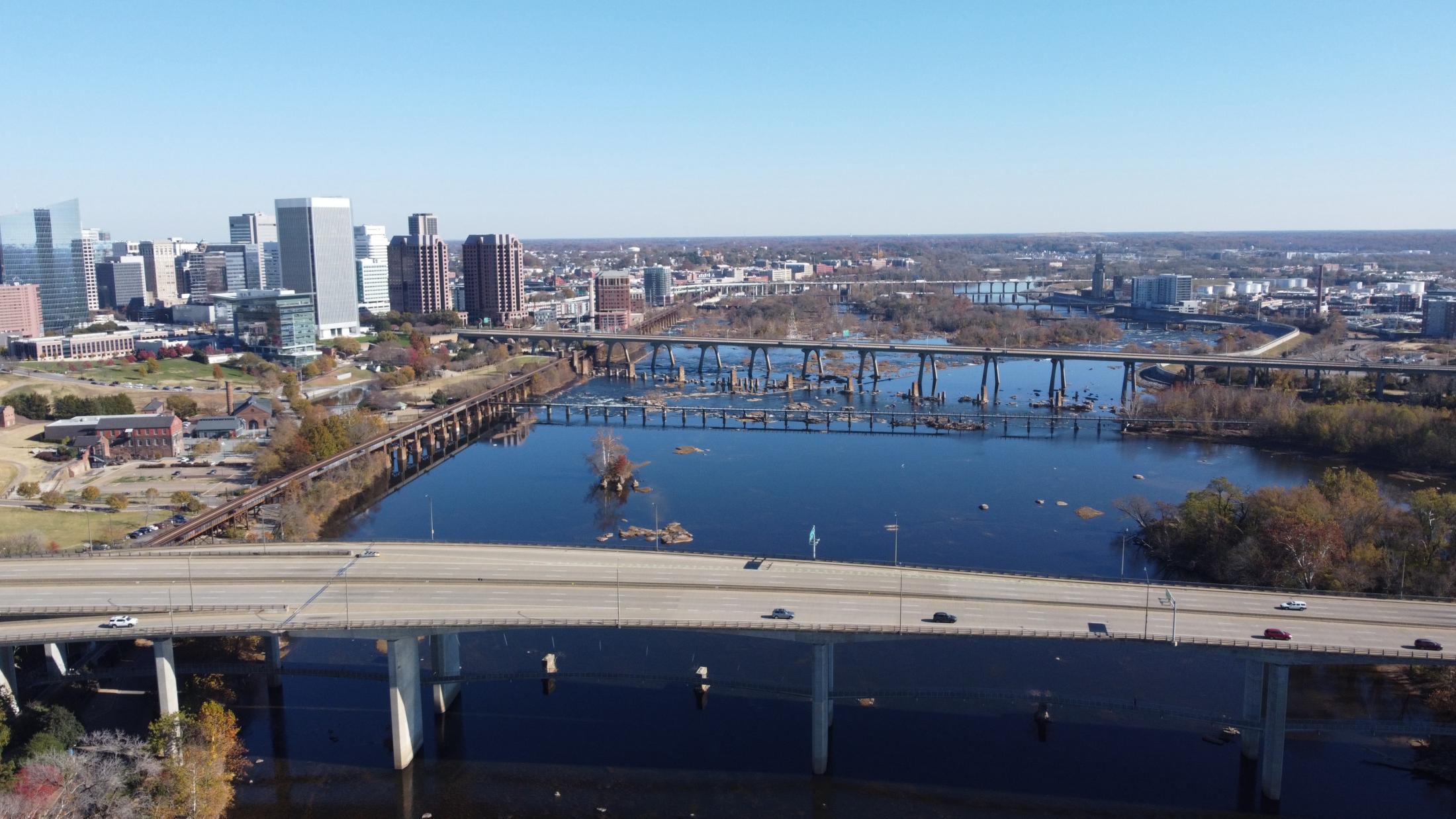
Project Description
Similar to heatwaves in our atmosphere, rivers can experience heatwaves in water temperature defined by discrete but prolonged periods where temperatures substantially exceed norms. Heatwaves in rivers have increased over time partly because of climate warming, but their study is in its infancy and many questions about how riverine heatwaves develop and spread through river networks remain unanswered. This project seeks to address these knowledge gaps by analyzing data on river temperatures in the western USA, including California. One question of particular interest for this group is how wildfire affects the prevalence and severity of riverine heatwaves in the years following fire. This project synthesizes water temperature and wildfire data from rivers across the western United States to better understand how riverine heatwaves develop and how they are affected by wildfire, and to address questions such as:
- What are the temporal trends in aquatic heatwave frequency, intensity, and duration in western U.S. rivers?
- Do riverine heatwaves occur synchronously throughout a river system, or do they instead tend to propagate upstream or downstream, and if so, on what time scale?
- Are riverine heatwaves more prevalent in basins with a recent history of wildfire or downstream of burn areas?
Team members
| Jonathan Walter | University of California, Davis – Center for Watershed Sciences |
| Steven Sadro | University of California, Davis – Department of Environmental Science & Policy |
| Adrianne Smits | University of California, Davis – Department of Environmental Science & Policy |
| Sarah Null | Utah State University – Department of Watershed Sciences Department |
| Curtis Gray | Utah State University – Department of Wildland Resources |
| Spencer Tassone | University of Virginia – Department of Environmental Sciences |
Project Dates
March 2023 – March 2024
